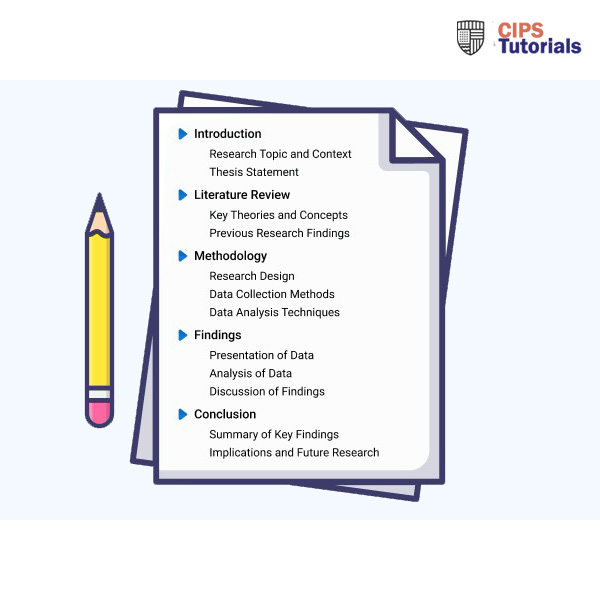-63%
Description
Related Papers
(Solution) CIPD 5CO01 – Organisational performance and culture in practice Victory Training and Development Institute
(Solution) CIPS Advanced Practitioner Corporate Award (APGSS)
For this module “Global Strategic Supply Chain Management”, assessment, a business report which evaluate global strategic approach for management of organisation supply chain has been developed.
This has been achieved by evaluating impact of market changes on supply chain, sustainable global sourcing decisions, strategic logistical implications of globalisations, and impact of supply chain management on corporate performance.
The organisation of focus is Hertfordshire and West Essex (H&WE) NHS Procurement Services with provision of laptops and computers hardware for entire 5 trusts category of spend.
Key findings have been obtained in this report based on analysed data, desk research, facts and CIPS Models and tools (Porter’s 5 Forces, SWOT and STEEPLED analysis and more). One of the main findings is that H&WE does not have a structured supply chain. This is despite of existence of several tiers in the sourcing process of laptops and computers hardware.
Another finding is that different factors including social, technology, economy, environment, politics, legal and demographics impact supply chain of H&WE. For sustainable global sourcing decisions, the key findings indicate H&WE as prioritising on 3P’s triple bottom-line of procurement. This is by focusing on Profit, Planet and People.
The strategic logistical implications of globalisation main findings include different strategic considerations, logistical risks and opportunities.
The final key findings is that supply chain management has a direct implication on corporate performance.
From the conclusions of this report, a set of recommendations have been generated which include;
- For supply chain sustainable development, include collaboration, networks improvement and innovativeness
- PS&M in H&WE facilitate L&D opportunities for enhancing ability for supply chain development process
- Improve all stakeholders relations in supply chain for management of different conflicts in their operations
- To develop a well-structured supply chain which is currently lacking in H&WE for management of supply chain risks and performance level challenges
(Solution) CIPD 5HR03 Task Two – Report Section Two
(Solution) CIPD 7OS05 major alternative international organisational forms and their consequences for the management of people
(Solution) New Royal Commission for AIUla (RCU) Commercial Negotiation Plan- PIN
This procurement negotiation plan for the ROSHN organization focuses on the aspects of planning and executive negotiations in obtaining the IT consultancy services.
It uses the Bailey et al. negotiation model with the mixed approaches of Porter’s 5 Forces and PESTLED frameworks to carry out the evaluation of the market competencies for enhancing the negotiation plans.
The selected approach focuses with creating stable, win-win relationship with suppliers where most of the concentration is for quality suppliers who have efficient timeline delivery and risk control than just focusing on the price.
Expert holistic planning is imperative to this plan, starting with internal need analysis and assessment of inherent risks and stakeholders.
It must be noted that the information founded in this article would help ROSHN effectively strategise its course of action in face of organisational goals as well as market forces..
Key recommendations from this negotiation plan include:
- Establishing an Integrated Digital Procurement System within the next year to track project timelines and quality metrics, aiming for a 20% improvement in service reliability for IT consultancy services.
- Implementing a Comprehensive Supplier Training Program over the next year, with a goal of achieving at least 80% supplier participation to ensure alignment with ROSHN's operational standards and improve service quality by 25%.
- Conducting Quarterly Supplier Performance Evaluations, utilizing a performance scorecard for at least 90% of suppliers to assess compliance with agreed-upon targets, with the objective of increasing average performance metrics by 15% over the year.
- Developing an Enhanced Risk Assessment Protocol within six months to identify and mitigate key risks in the IT consultancy supply chain, targeting a 30% reduction in overall risk exposure through proactive measures.

